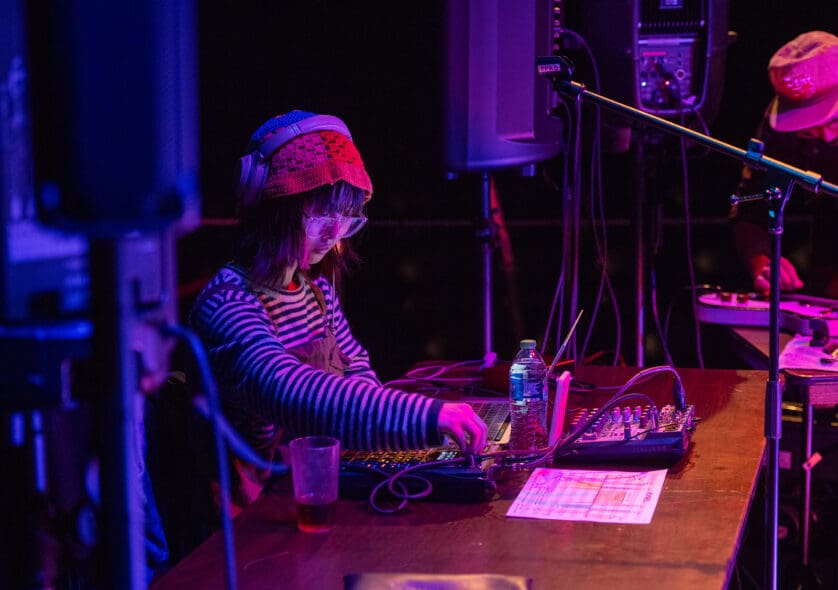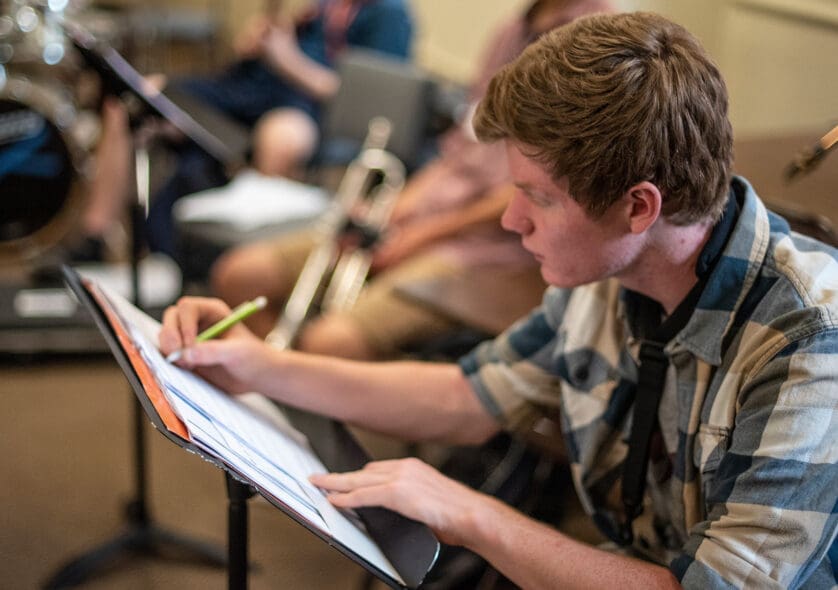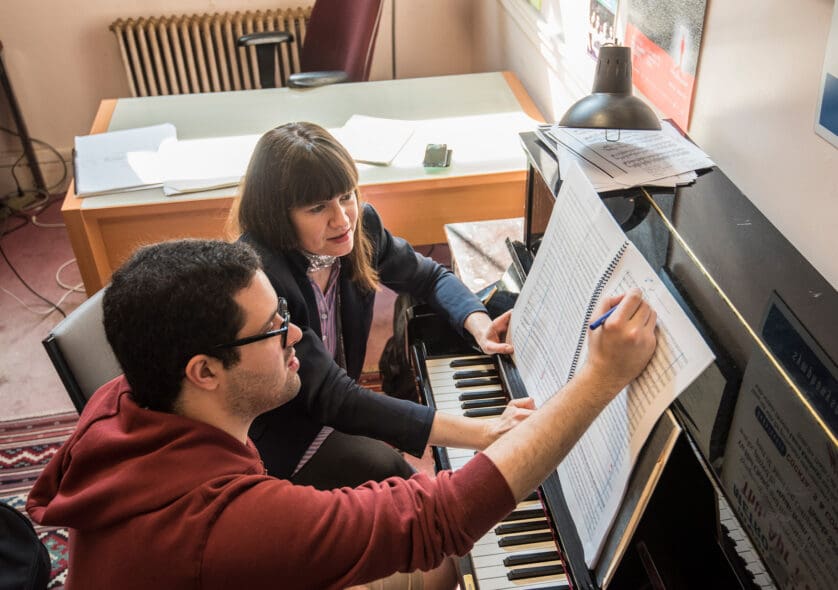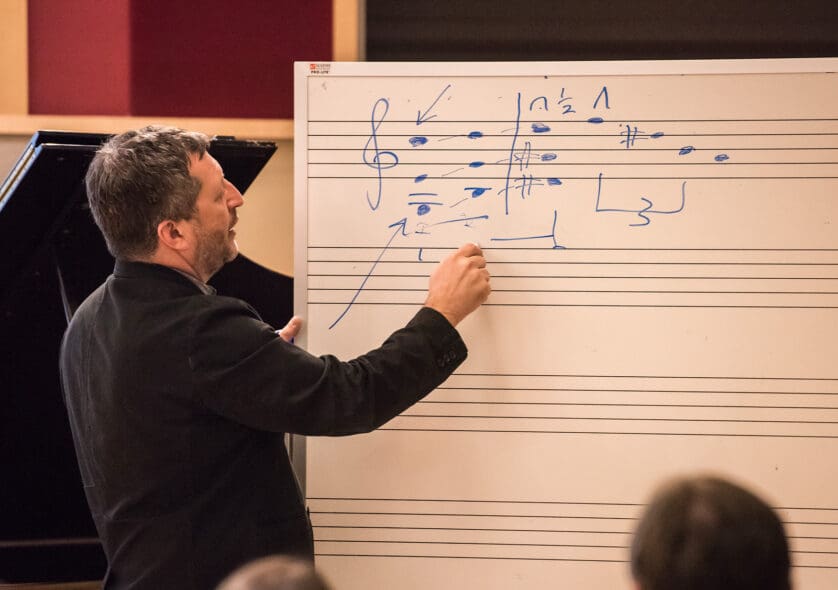Music Theory
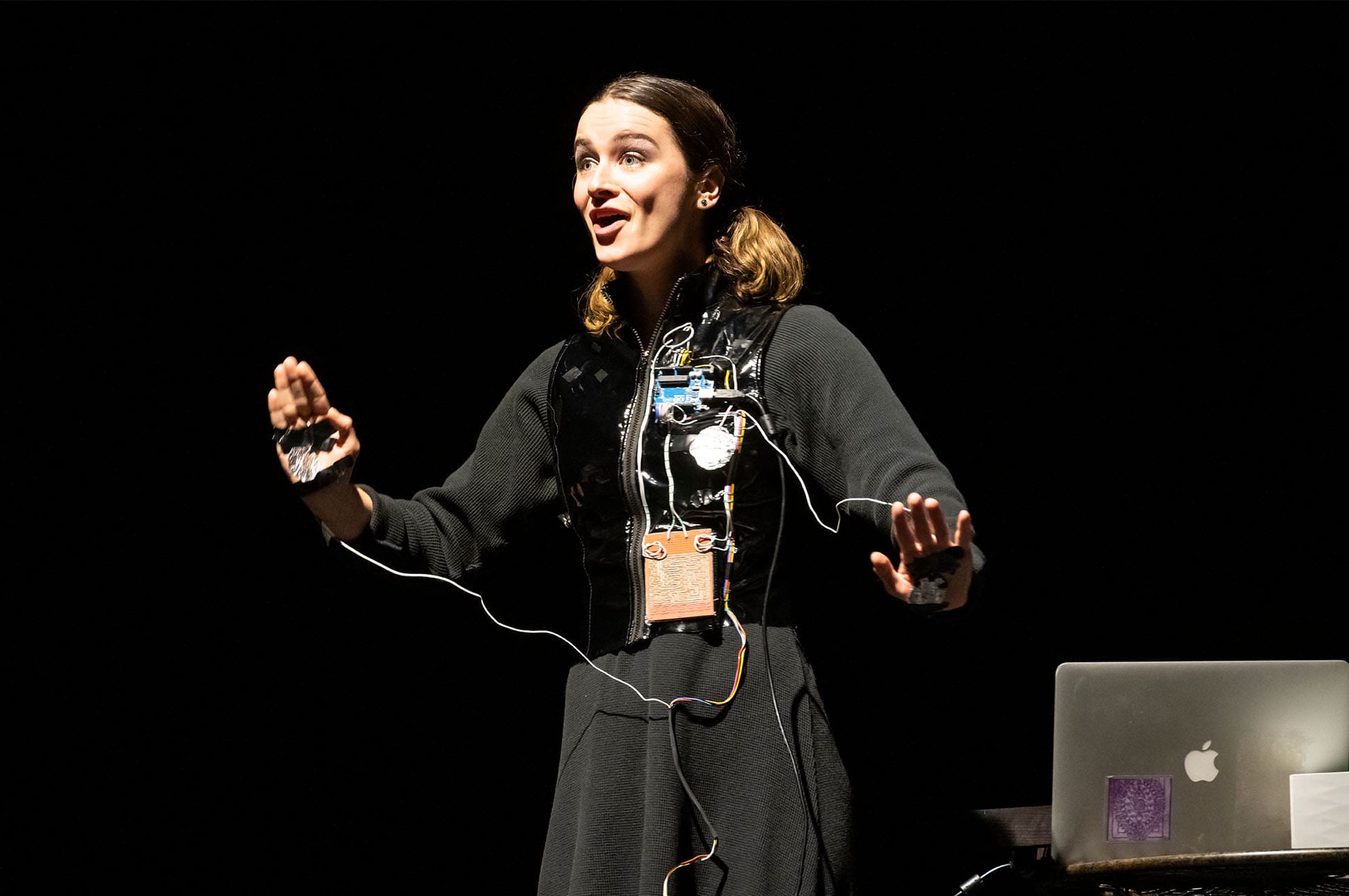
NEC’s degrees in Music Theory offer students the unique opportunity to work one-on-one with the department’s diverse faculty, which includes leading scholars, composers, and performers.
Whether you are an emerging professional theorist, composer, teacher, or performer, NEC’s Music Theory Department provides an intellectually rigorous and supportive environment to pursue your field of research in one of the world’s most musically inspiring institutions.


Katarina Miljkovic
From the Department Chair

The Music Theory Department distinguishes itself through a tradition of innovation, a hands-on approach to teaching theory, and a strong emphasis on technology integration. Our curriculum is designed to prepare students for real-world challenges, covering essential skills such as sight-singing, score reading, conducting, and the comprehensive exploration of musical works in relation to performance and composition. Emphasizing the integration of music technology as an accelerator for developing and applying musical skills, we acknowledge technology’s increasing role within the landscape of the field.
Read moredegree programs
Take the Next Step
Apply to NEC
Are you interested in becoming an NEC Student? Start your journey by requesting information to learn more about our admissions process.
